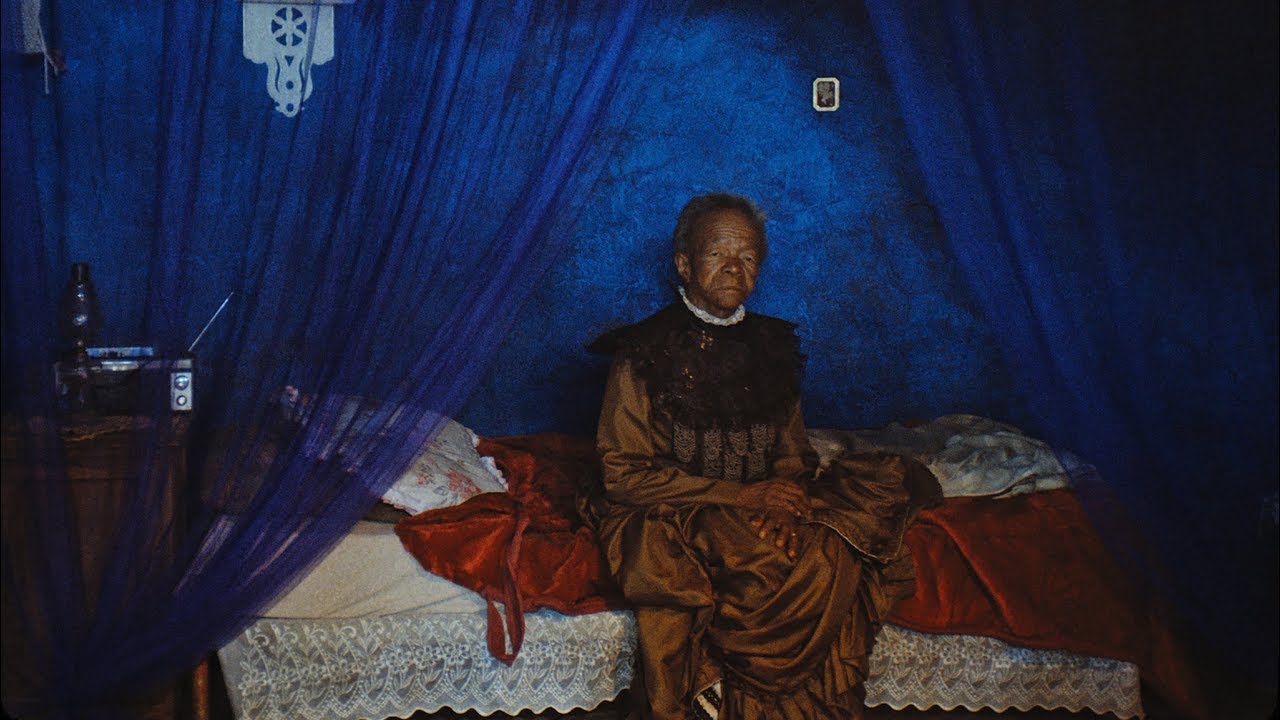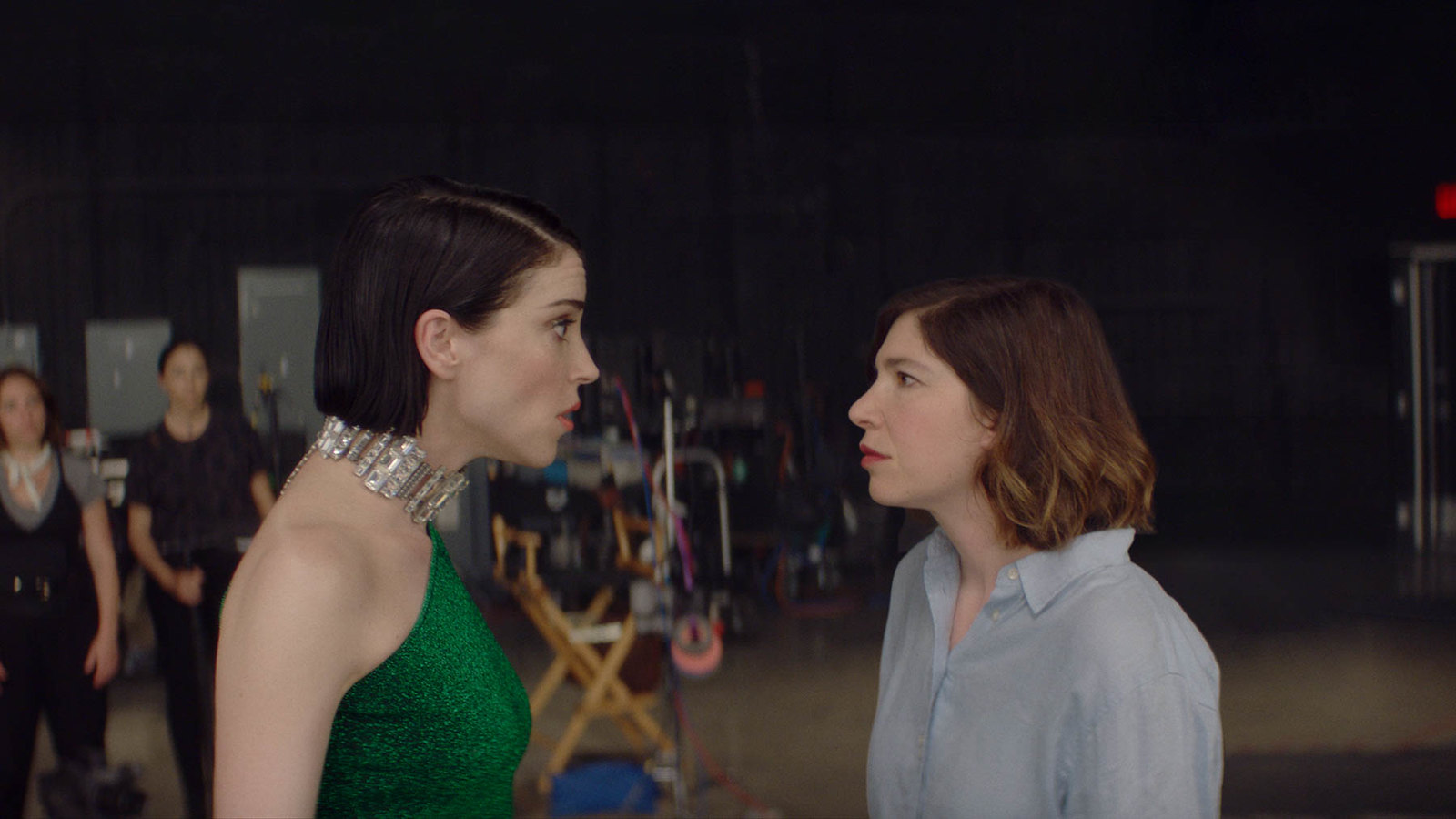This Is Not a Burial, It’s a Resurrection
by Cat McAlpine
In the small village of Nazareth, in the tiny Kingdom of Lesotho, a man recounts the wisdom his father once gave to him. “My son, what they call progress…It is when men point their damning finger at nature and proclaim conquest over it.” It is that poisonous progress that the people of Nazareth are fighting against in This Is Not a Burial, It’s a Resurrection, and it is a losing battle.
The film follows 80-year-old widow Mantoa. After the death of her last surviving child, she finds herself utterly alone and mired in grief. The story unfolds like a mythic, dark fairytale with beautiful vignettes and discordant music. Director Lemohang Jeremiah Mosese carries us from moment to moment as Mantoa repeatedly has to contemplate her grief. Though she resigns herself to simply wait to be buried alongside her family, a new challenge arrives with a blazer and a megaphone. The village will be relocated, a dam will be built, their fields will be flooded.
What of the dead? What of Mantoa? The elderly woman convinces the village to resist the spinning wheels of progress. Together they seek to find what is left for their community in the land where their dead are buried. Twice we are reminded that Nazareth is the name that new settlers gave the land. Before that, it was always known as the Plains of Weeping.
Jerry Mofokeng delivers a reverent and deeply sad narration of Mantoa’s struggles. Using the framework of a narrator, with a different voice and perspective than Mantoa, further perpetuates the storybook feel. But this is not a happy children’s tale. This is a story about capitalism’s infinite reach. This is a story about grief, culture, and perseverance. This is a story about the dead.
Mary Twala is phenomenal in her final role as Mantoa. Her emotion is palpable even when she sits in silence. Her rage and her pain don’t slow the narrative or taint it with bitterness. Instead, Twala propels Mantoa with the depths of her grief. She is an absolute powerhouse, and the film would not succeed as well as it does without her.
And the film does succeed. It is incredibly beautiful, rich with color, light, and shadow. Every scene is a haunting painting. The cast, mixed with actors and non-actors alike, brings you to witness the erasure of a real place and real people, and you mourn with them. When Mofokeng intones that the dead buried the dead, he reflects on a village that will soon be hidden under water.
Though the people of Nazareth still live, something about them will be lost forever. They are some of the last of their kind as new roads, and new buildings, and new dams continue to creep into the quiet places of the world. Progress fills up little villages with the walking dead as ways of life are washed away.














